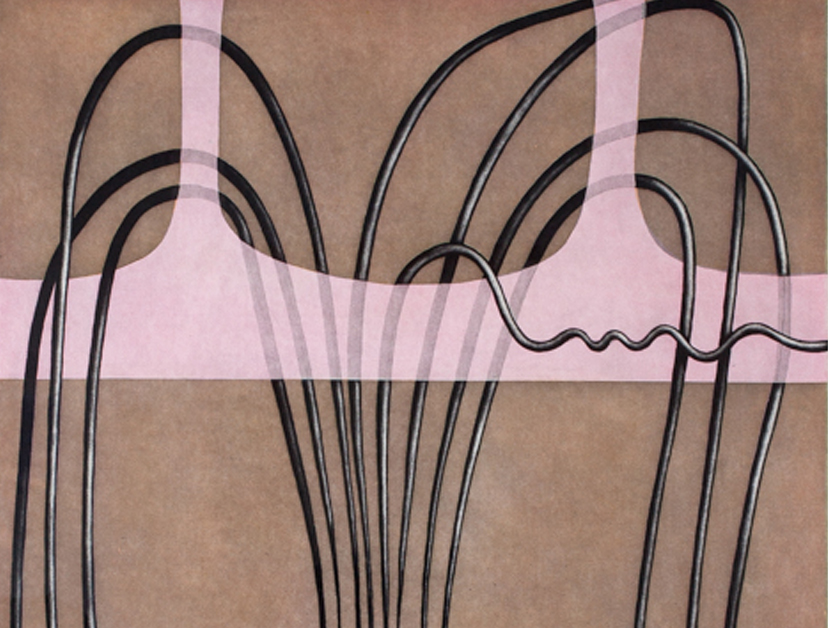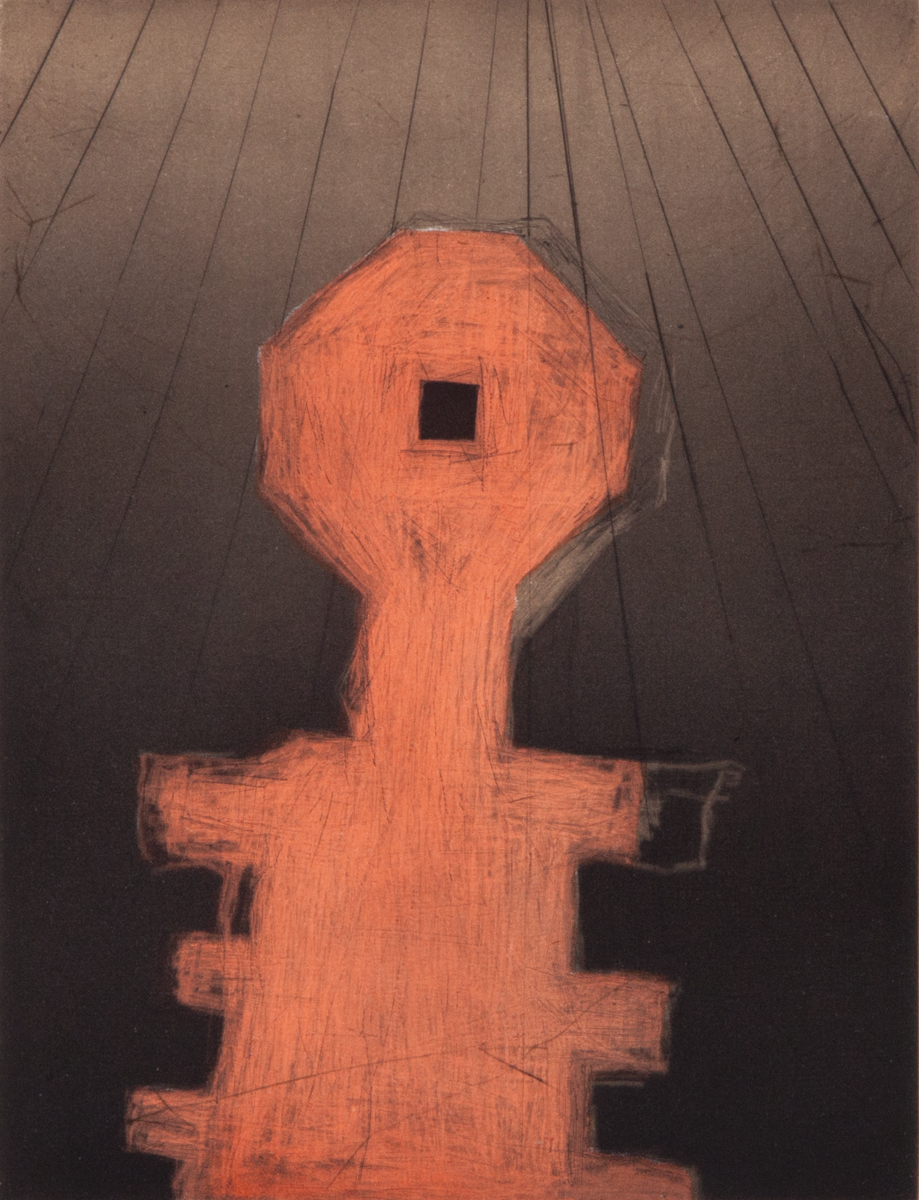How We Work
Wingate Studio invites artists to collaborate on limited edition etchings with our master printers. We host the artist for the duration of their project. Wingate Studio also accepts commissions in which a museum, gallery or other publisher contracts the press to collaborate with an artist. Artists direct the projects while our master printers support and facilitate.
Once the edition has been created, Wingate Studio advances the work of the artist through shows at its on-site and online galleries, open studios, private and group studio visits, lectures, and presentations. We invite collectors, curators, art advisors, students, and anyone else interested in viewing our work to schedule an appointment in our studio and gallery, virtually, or at their location.
Our Facilities
Our space is set up to flow from conception to gallery. The project development room is where artists paint, sketch, and do platework. This is adjacent to the etching room, followed by the aquatint room which features an aquatint box for dusting plates and an oven for melting the aquatint. This room also houses our steel facing tank, used to plate our copper before editioning a print in order to increase the durability and maintain the vibrancy of the colors. The inking room follows, and is equipped with everything needed to mix colors, apply them to plates, handwipe the surface of the plates, and clean the plates once they’ve been printed. Next is our press room where the editions are printed, followed by our drying and paper storage room which houses a custom made dryer that both flattens and dries the prints. A short walk across a courtyard takes you to our print showroom and storage facility where we display shows, present work to visitors, and store our archive.
Wingate Studio has two presses. Our main etching press is a 40 x 80 inch motorized Le Deuil that once belonged to famed printmaker Aldo Crommelynck. We also have a 60 x 36 inch french tool press that can accommodate both monoprinting and woodcuts. Our woodshop is located adjacent to the studio and is equipped for making woodcuts and hand cutting copper plates.
Our Processes
Wingate Studio specializes in multiple plate intaglio etching. Etching and engraving are the main ways artists make marks on the copper plates, and intaglio is the way the plates are printed. Artists use various tools to scrape into the metal plates, and paint solutions made of soap, asphalt, sugar or wax onto the plates. The plates are then etched in acid. Our printers apply ink to the plates, push the ink into the etched grooves, and wipe them clean by hand. The plates are then printed by sending them through the press under a piece of paper, and ink is transferred from the plate and pressed into the paper.
Our intaglio prints give a unique experience for the viewer that is a result of the wide variations in color and tone that can be achieved only through etching. Our process is the only technique that embosses ink into the paper rather than depositing a film of ink onto the surface of the paper. Because of this, intalgio prints are characterized by a unique velvety glow.
Continue below for more detailed descriptions of each of our processes.
Overview of Copper Plate Processes

Aquatint
Aquatint is an etching technique in which a copper plate is dusted with fine rosin, which is then melted in an aquatint oven to create a physical dot matrix on the plate. The melted rosin resists acid, while the exposed plate reacts with acid and is eaten away. The longer an aquatinted plate sits in an acid bath, the deeper the acid eats away at the copper. The deeper the pits, the more ink the plate can hold, yielding a darker color. The image below shows a plate that has been etched from 30 seconds on the left to 10 minutes on the right.

Below are samples of three different 4-step aquatints overlaid to proof for color combinations. Wingate Studio uses these color matrices to figure out how to achieve specific colors when creating multiple plate aquatint etchings.

Burnishing
Chine Collé
Fine handmade paper is coated on one side with traditional Japanese wheat paste then left to dry. Just before printing, the coated sheet is activated by placing in a damp pack. To adhere, the paper is sent through the press between the backing sheet and copper plate. This process is traditionally used to place a sheet of fine handmade paper such as gampi behind an image to pick up the finest details from a plate, and can be used in many ways such as for collage (in order below: cream colored sheet behind image, light blue sheet behind image cut in shape of dress, collage).
Hard Ground
Soap Ground


Soft Ground
Spit Bite


Sugar Lift












